Description
The Grand Canal With The Rialto Bridge, Venice by Rubens Santoro printed on a T-Shirt
About the T-Shirt
Regular fit
Standard length, the fabric easily gives into movement
Casual wear
A classic, everyday option loved by our customers
Side-seamed
Constructed by sewing two parts together, creating a fitted look
The Unisex Staple T-Shirt feels soft and light with just the right amount of stretch. It’s comfortable and flattering for all. We can’t compliment this shirt enough–it’s one of our crowd favorites, and it’s sure to be your next favorite too!
- Solid colors are 100% Airlume combed and ring-spun cotton
- Ash color is 99% combed and ring-spun cotton, 1% polyester
- Heather colors are 52% combed and ring-spun cotton, 48% polyester
- Athletic and Black Heather are 90% combed and ring-spun cotton, 10% polyester
- Heather Prism colors are 99% combed and ring-spun cotton, 1% polyester
- Fabric weight: 4.2 oz./yd.² (142 g/m²)
- Pre-shrunk fabric
- 30 singles
- Side-seamed construction
- Tear-away label
- Shoulder-to-shoulder taping
- Blank product sourced from Nicaragua, Mexico, Honduras, or the US
Rubens Santoro (1859–1942)
Rubens Santoro was an Italian painter.
He moved to Naples at 10 years of age, to study literature, but his inclination was painting. He only briefly enrolled at the Neapolitan Academy, instead, real life was his model. His first work was a small and simple genre piece: A Girl who Laughs, exhibited at the Promotrice. Domenico Morelli took note and encouraged him.
He began painting landscapes at Granatello, where the painter Mariano Fortuny was visiting. Fortuny commented to his fellow painter that:
Many end up where you started …. (you) continue to study more from life; of the ancient painters only two or three will learn from nature to add to their art. I had to work twelve years, and God knows what and how much effort, to break the gates of the Academy within which I had imprisoned myself, while you breathe the open and have attained it already.
Santoro continually changed his vistas, painting in Torre Annunziata, Castellammare di Stabia, Procida, the Amalfi Coast, and Resina. During the long trips to the open countryside, he distracted himself by playing the mandolin. Many of his Amalfi landscapes were bought by the Goupil Gallery. Two were displayed at the 1877 Exposition at Naples: Marina di Maiuri and Grotta degli Zingari. At the Isle of Capri, he completed the following canvases sent to the 1880 Turin Exhibition: Marina of Naples; Pozzo; Zingara; Zingare; Cavalcavia; Monte Tiberio; Quiete (a half-figure of a woman); Giovinezza; and Vecchiezza. At Venice he painted the vedute: Cloister of San Gregorio; Via di Piccioni; Wooden House; San Barnaba; Ponte de’ Turchetti; Al sole; Le lavoratrici di coralli; Blue House; and Grand canal. He moved to Paris, and after an excursion in England, returned to Naples even more prolific. Colnaghi, the art merchant of London, commissioned paintings for Stewart Gardner from the artist. His painting Verona exhibited at 1911 exhibition of Barcelona was awarded a Silver medal.
The painter Francesco Raffaello Santoro was his cousin.

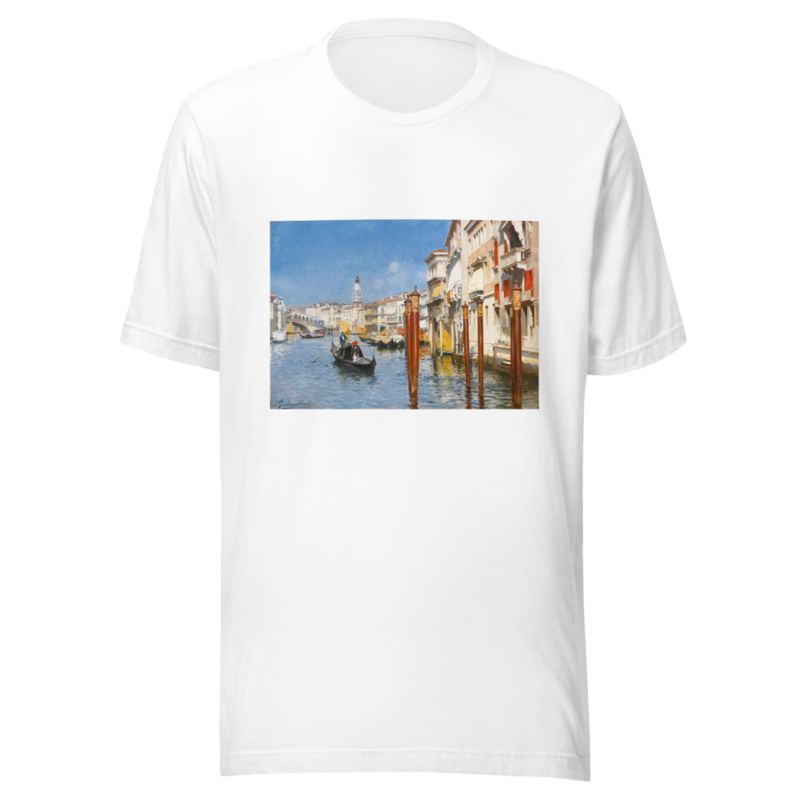
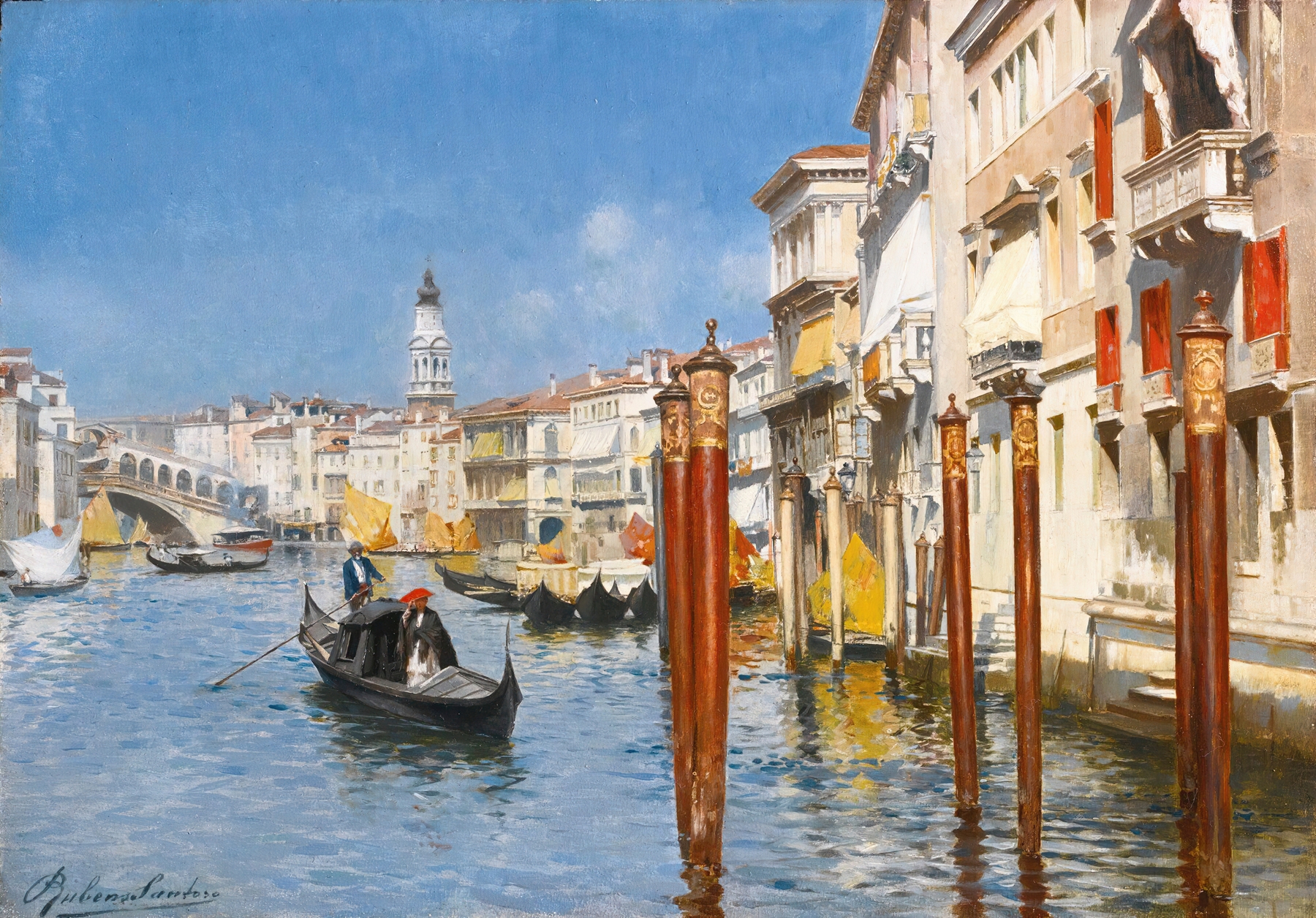
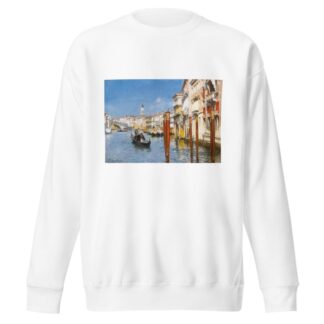
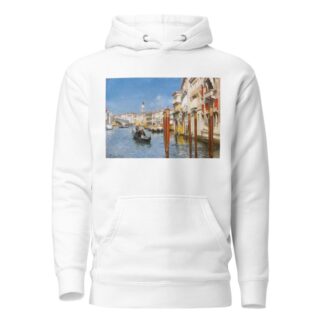
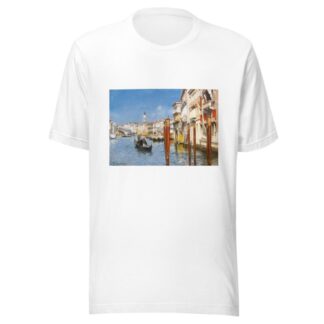
Reviews
There are no reviews yet.